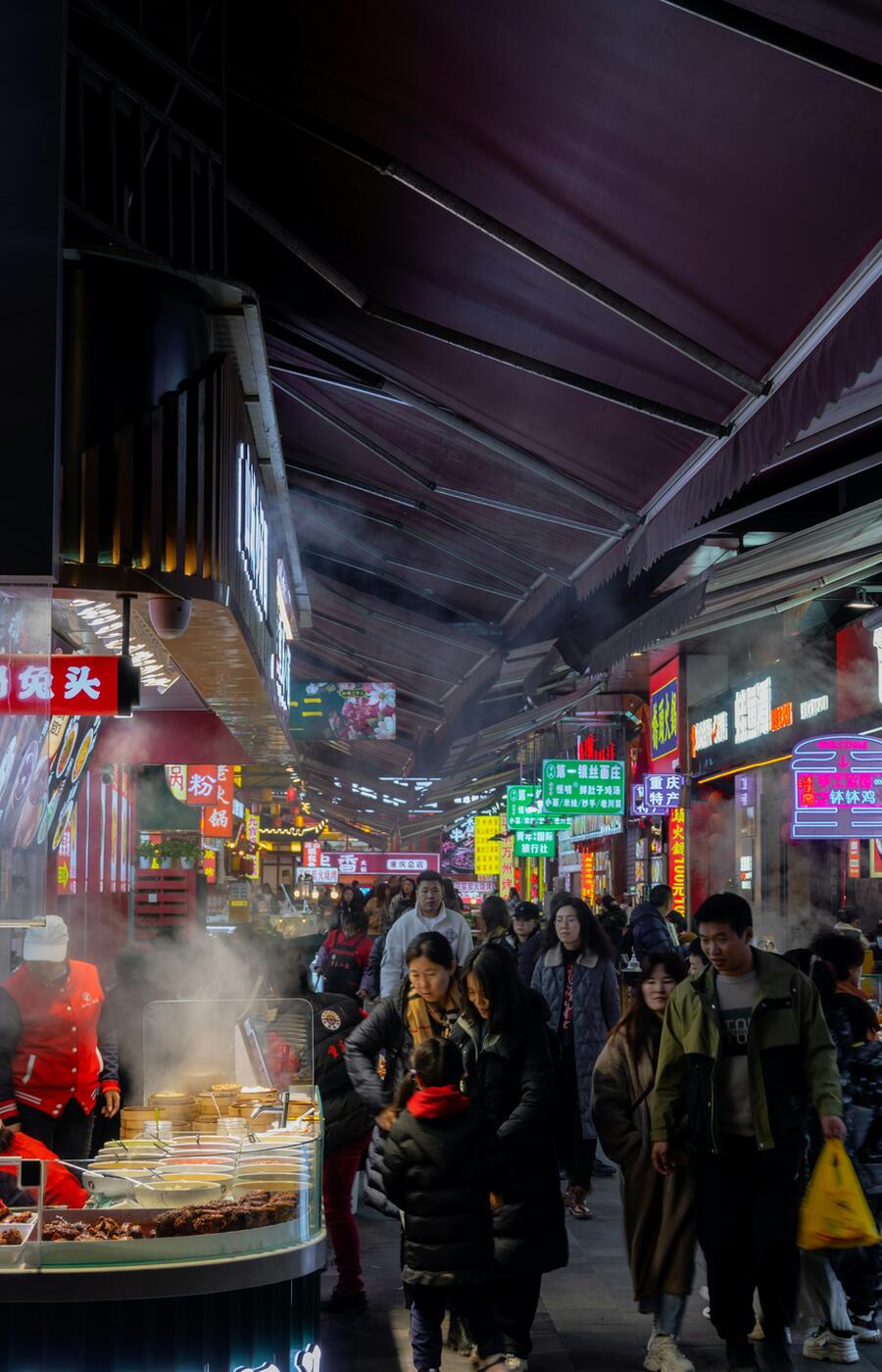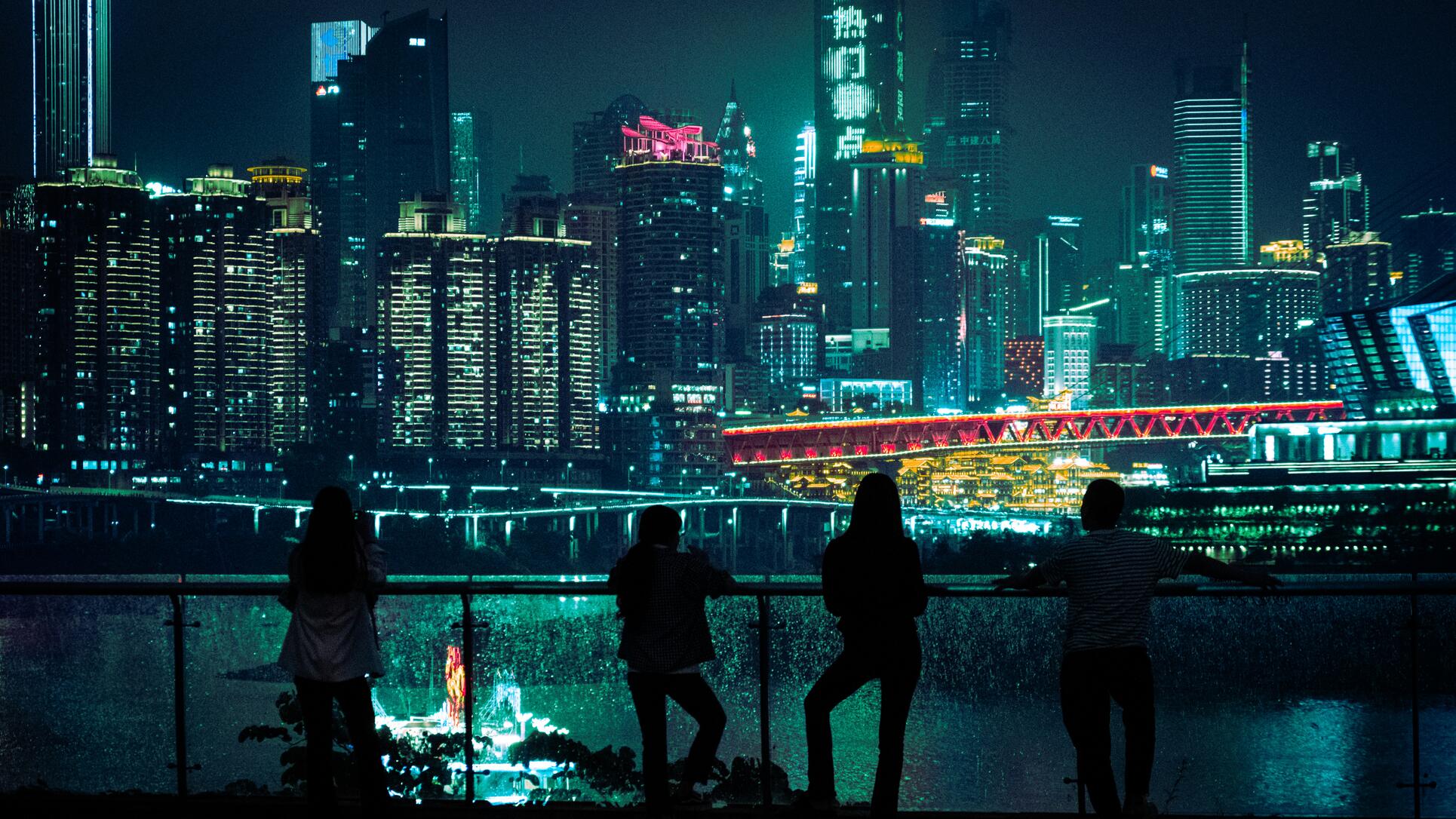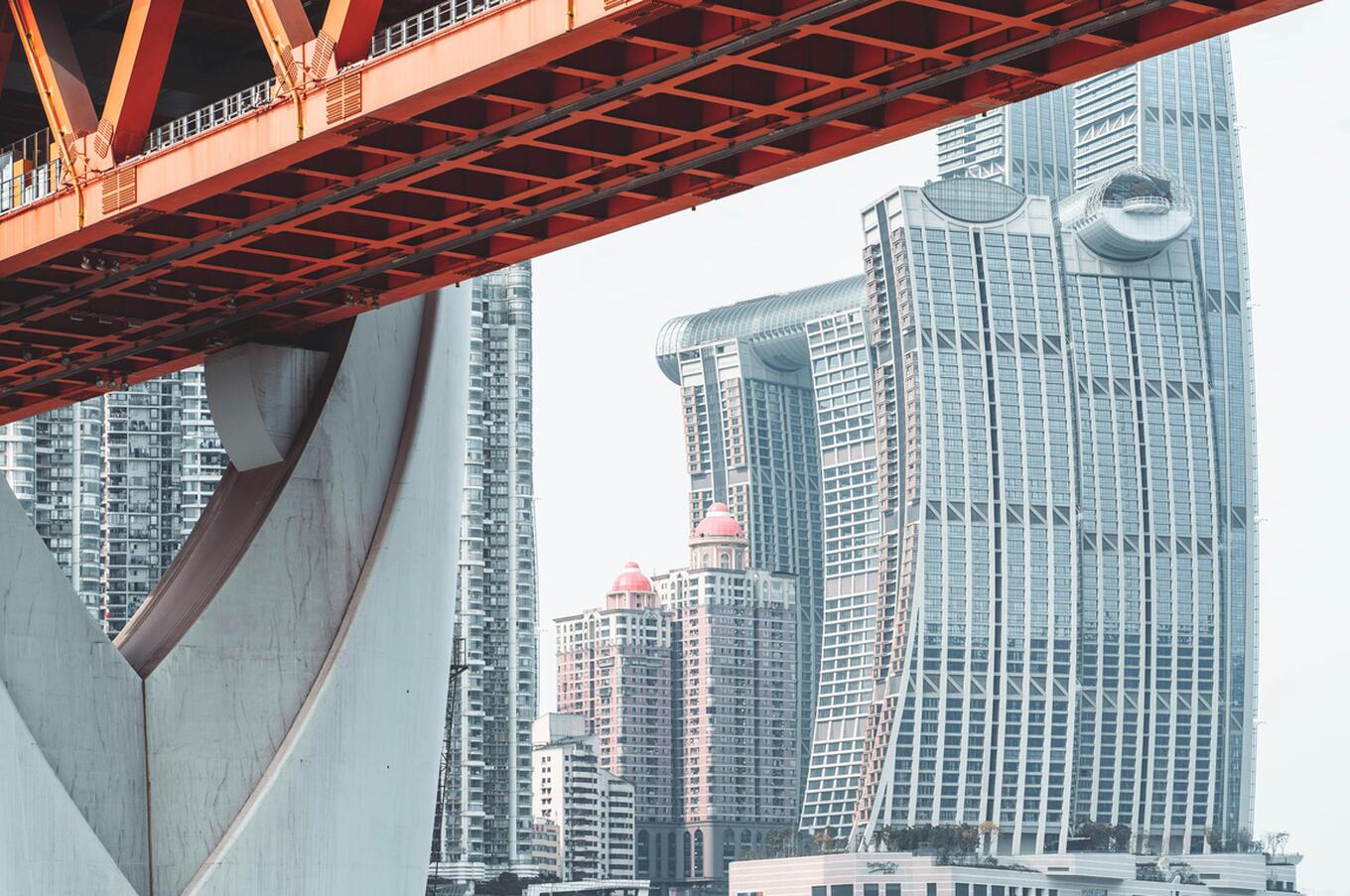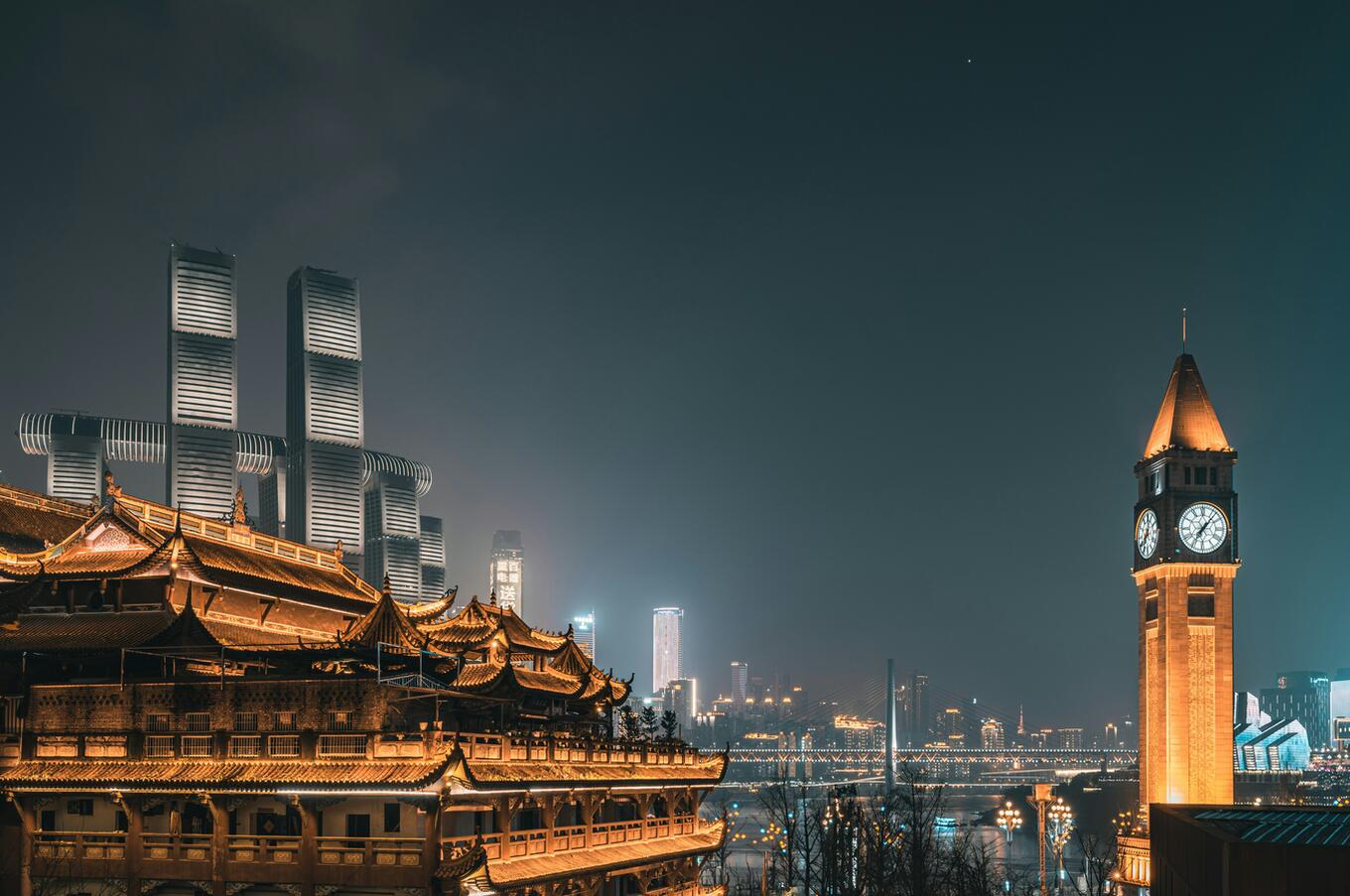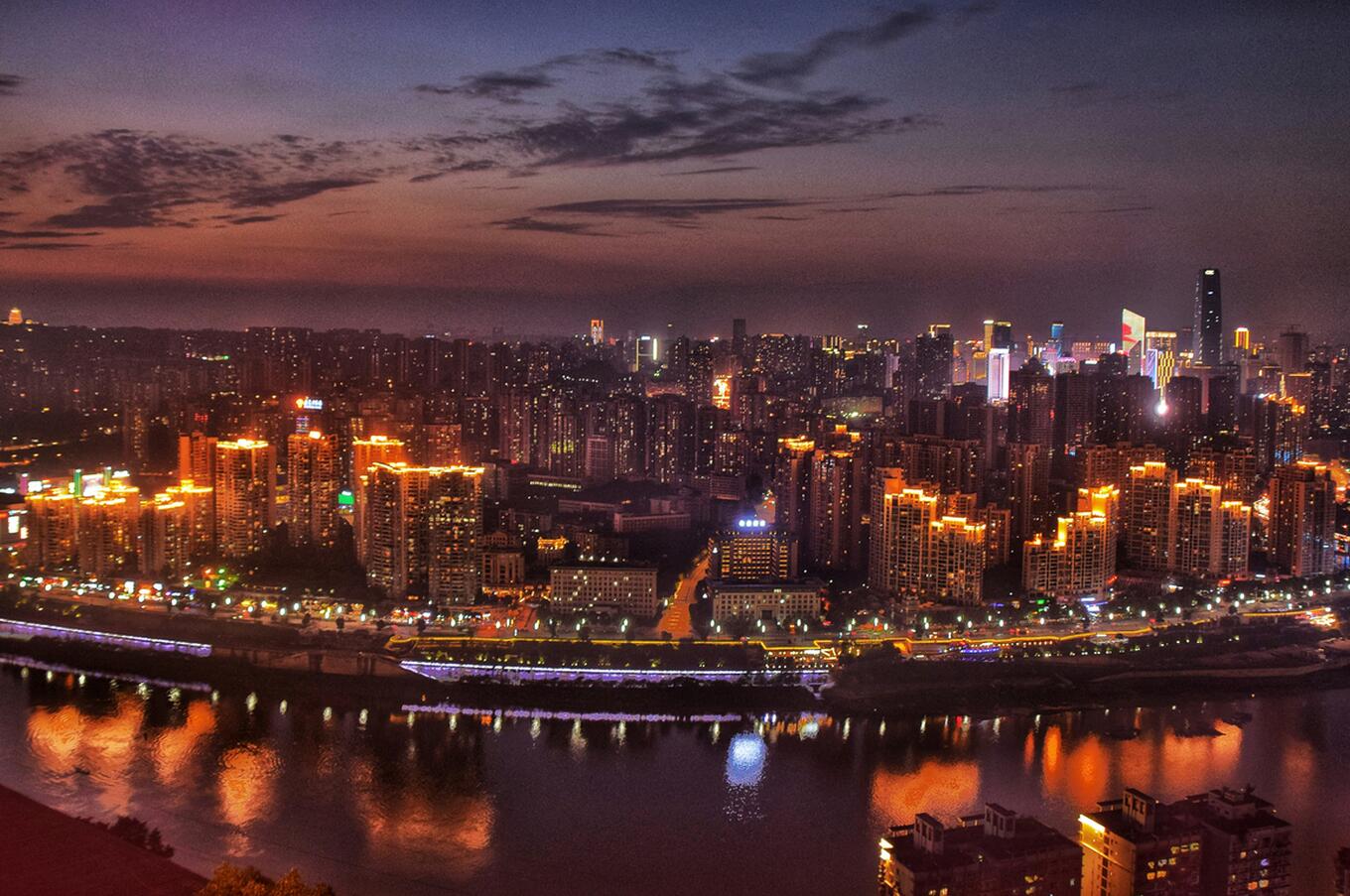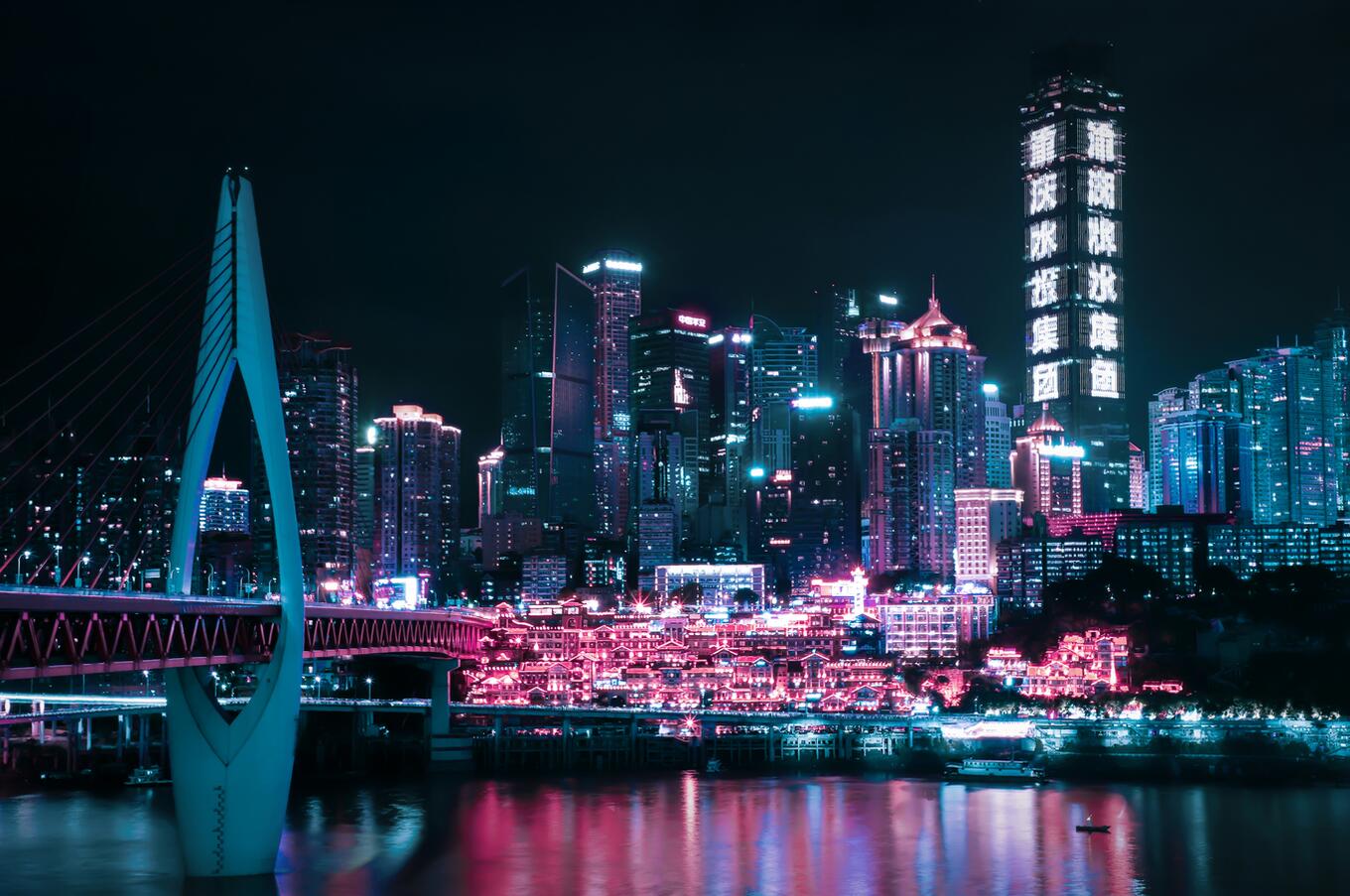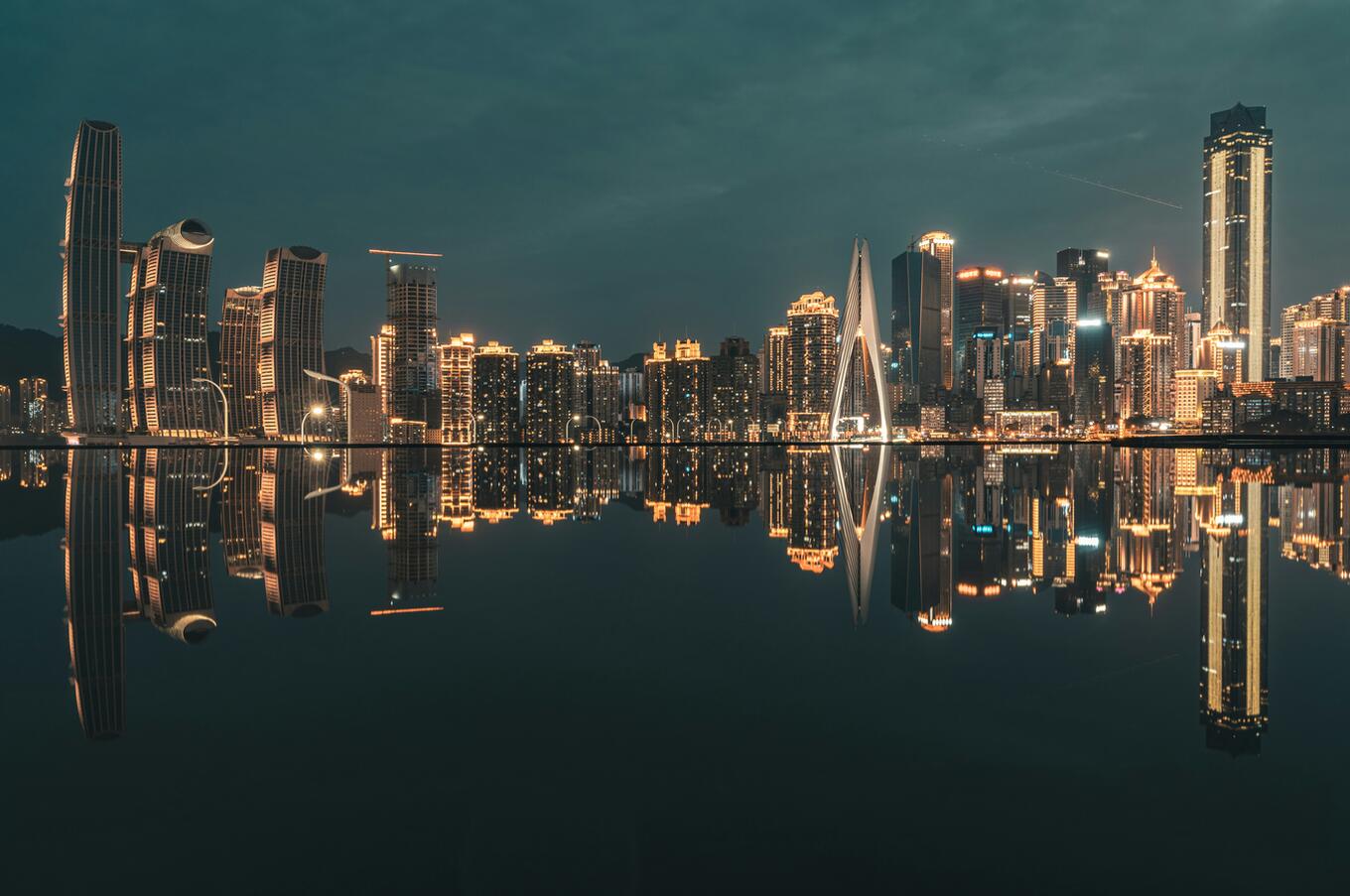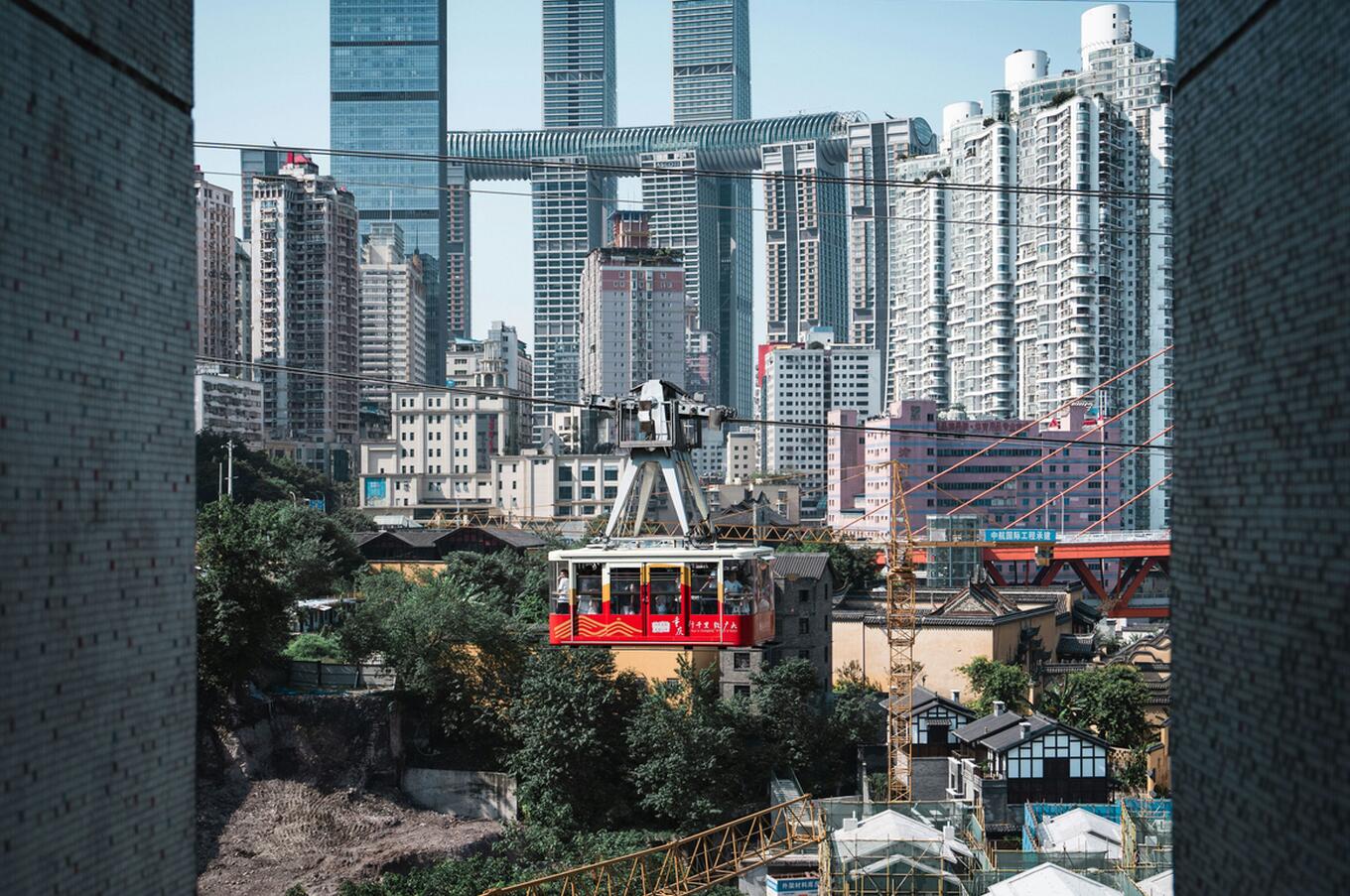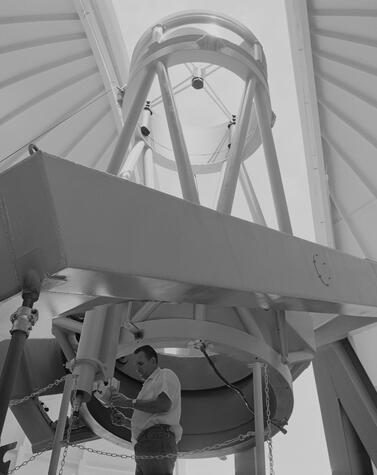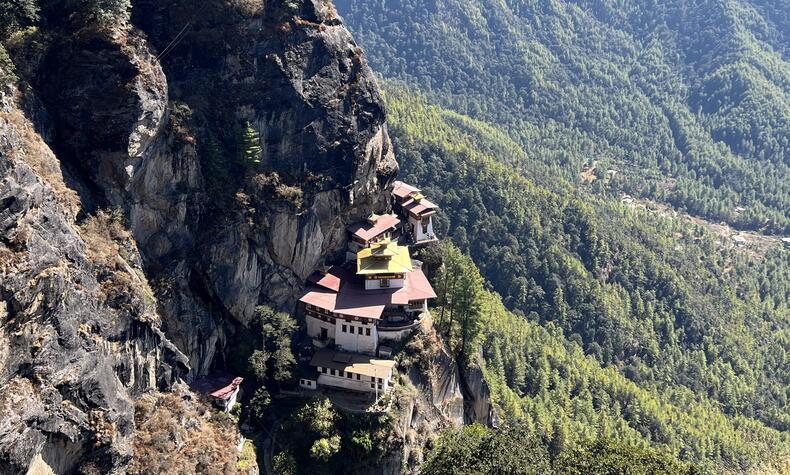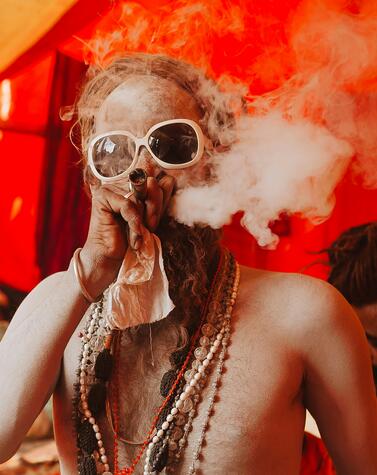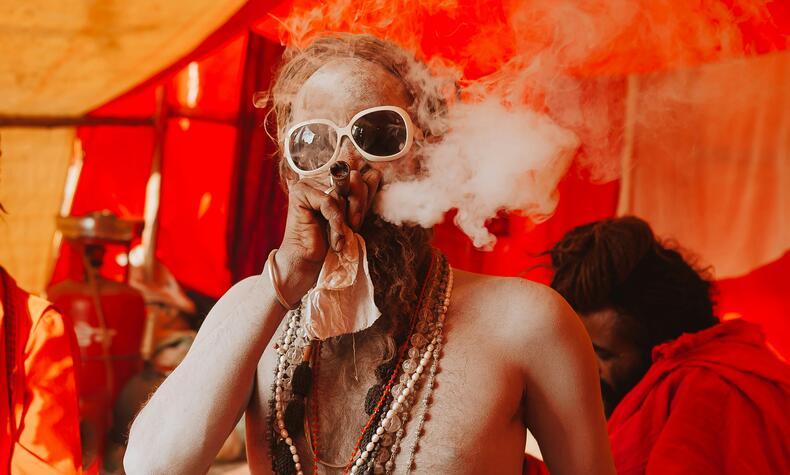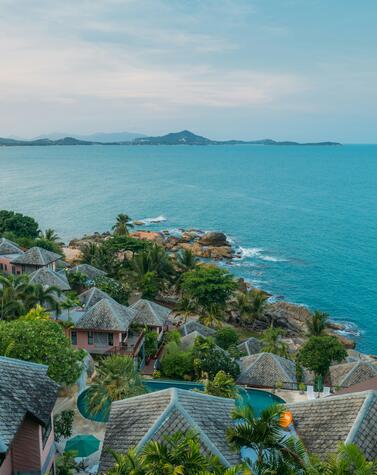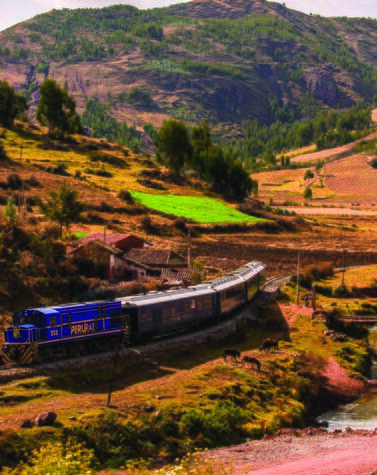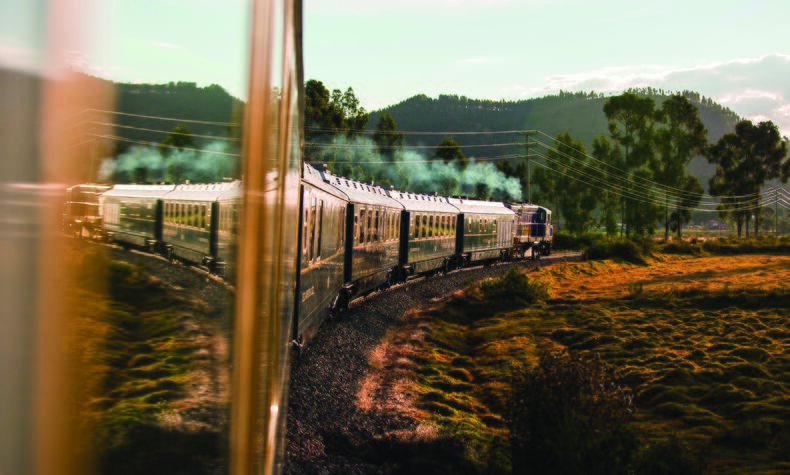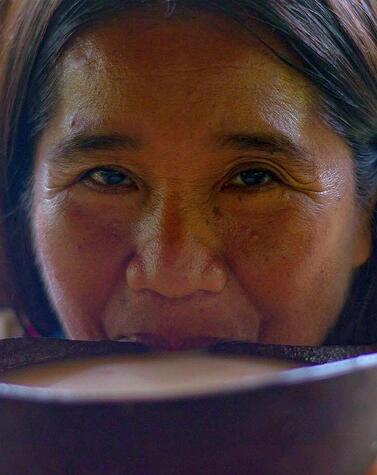Chongqing, China's logic-defying futuristic city
A vertical metropolis in the heart of China. Chongqing is a unique city in the world. Built on a mountainous terrain and divided by the Yangtze and Jialing rivers, its urban planning defies the traditional laws of architecture. Skyscrapers sprout from the valley floor, bridges float between hills, and platforms connect with roads twenty stories high. This extreme topography has caused Chongqing to develop an unmistakable visual identity. A city that has grown to 32 million inhabitants thanks, in large part, to the migrations caused by the construction of the gigantic Three Gorges Dam.
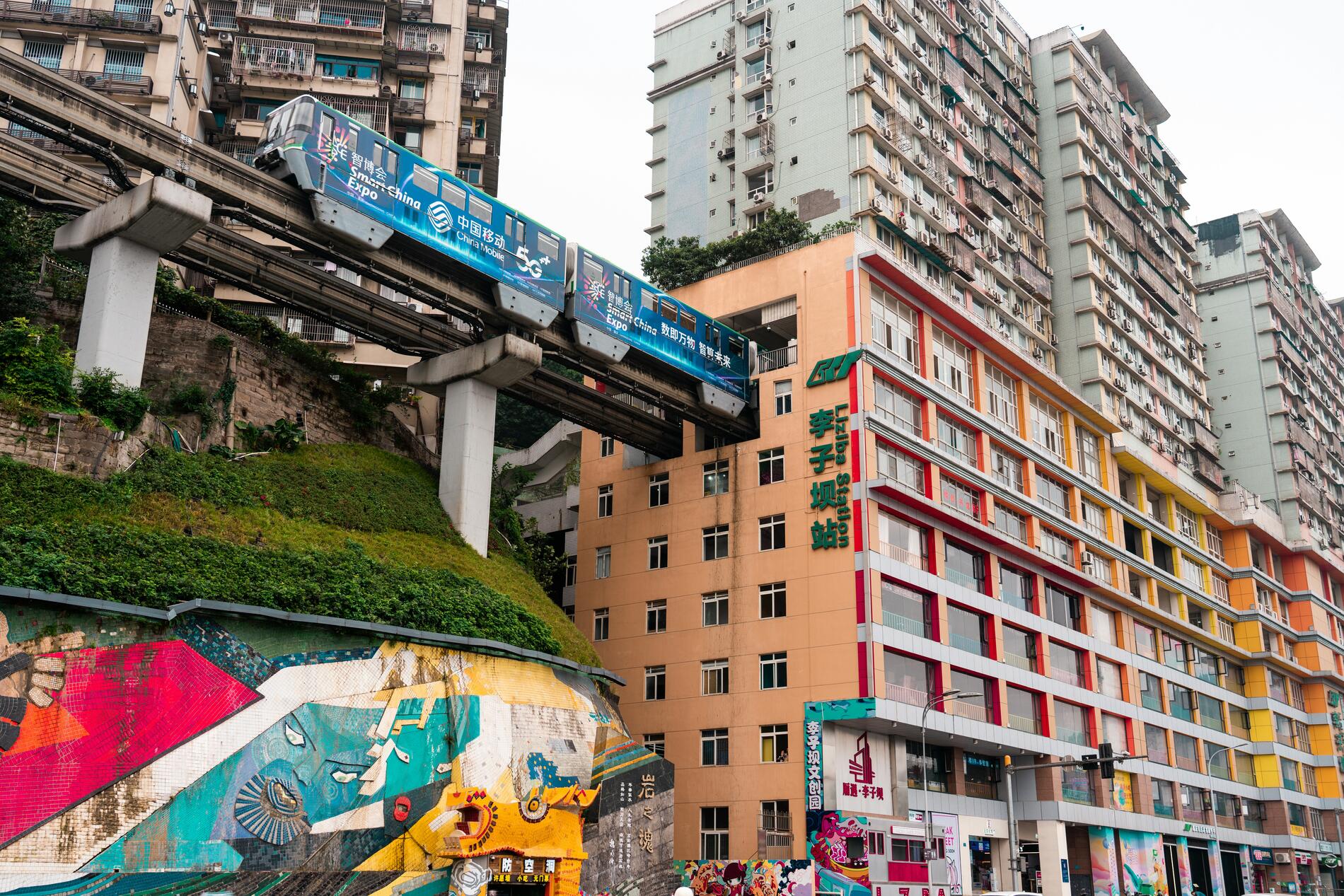
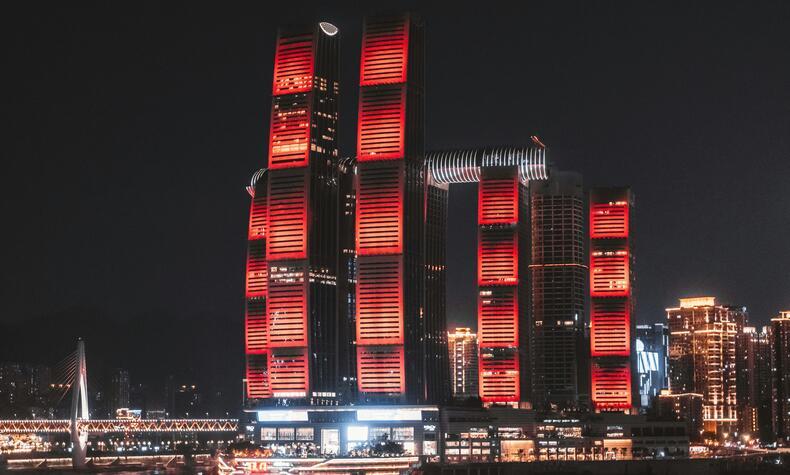
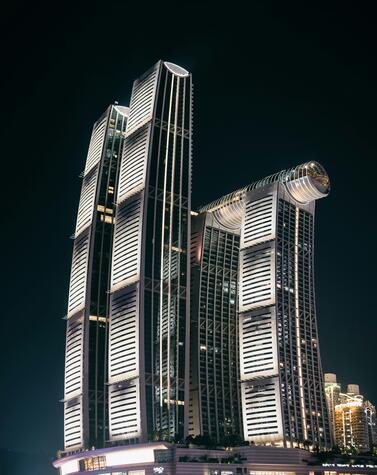
A train passing through a building is one of the most viral examples of Chongqing's urban planning. Liziba Station, where the 2nd Line monorail passes through the interior of a residential building. Eight stories high, this train passes without generating annoying vibrations, thanks to an advanced soundproofing system. This solution was designed to optimize the use of space in a city where every square meter counts.
Raffles City: the horizontal skyscraper. Another of Chongqing's architectural icons is Raffles City, a complex of eight towers connected by "The Crystal," a 250-meter-long aerial walkway housing gardens, shopping areas, and observation decks. Designed by renowned architect Moshe Safdie, this project has been compared to an urban spaceship, a symbol of the future of vertical living.
Floating plazas and layered streets. The city is not only growing in height, but also in levels. One of the most mind-blowing examples is a public plaza located on the 20th floor of a building, accessible directly from an elevated road. Around it, homes, restaurants, and offices coexist in a landscape that looks like a three-dimensional video game.
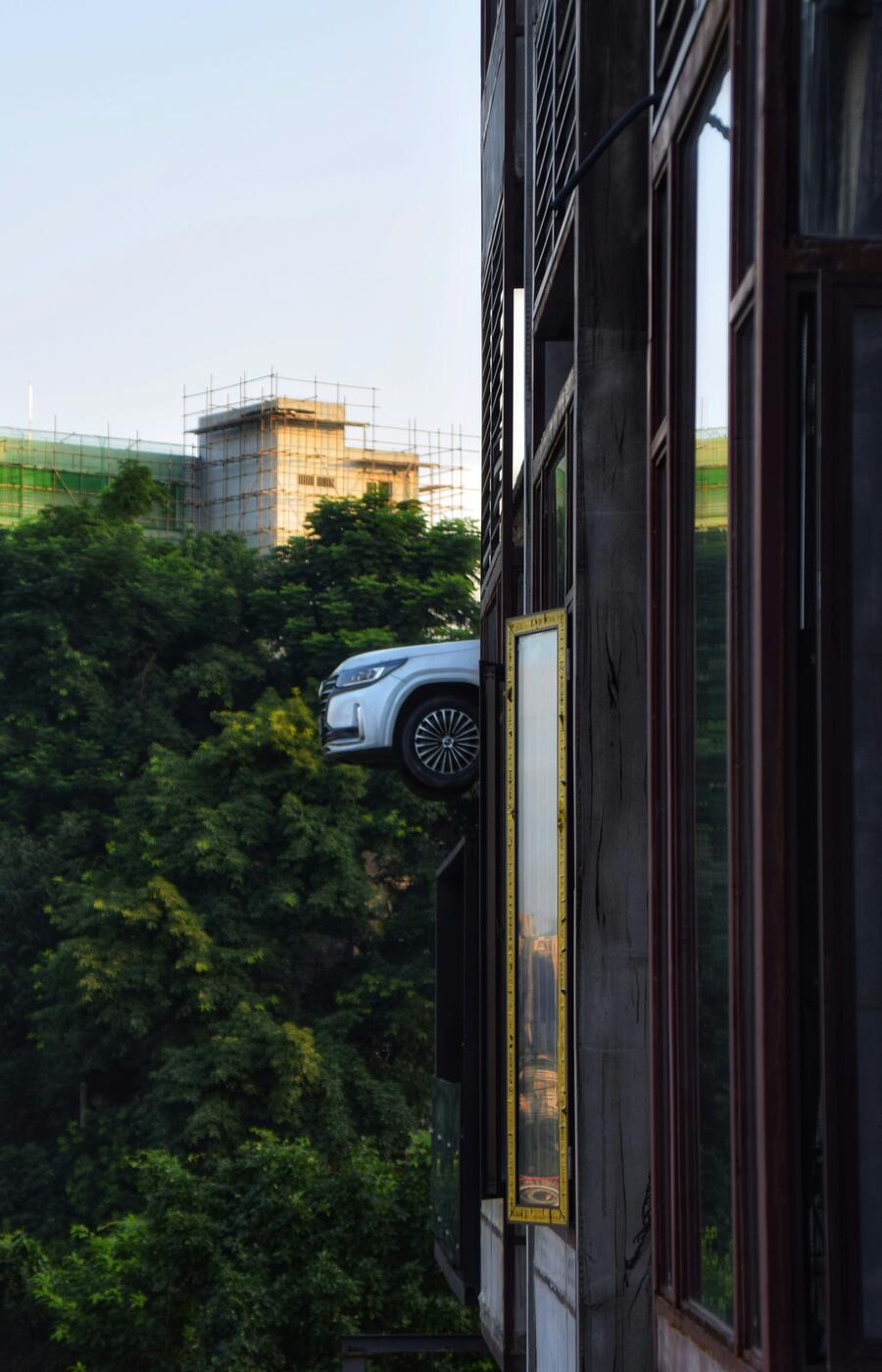
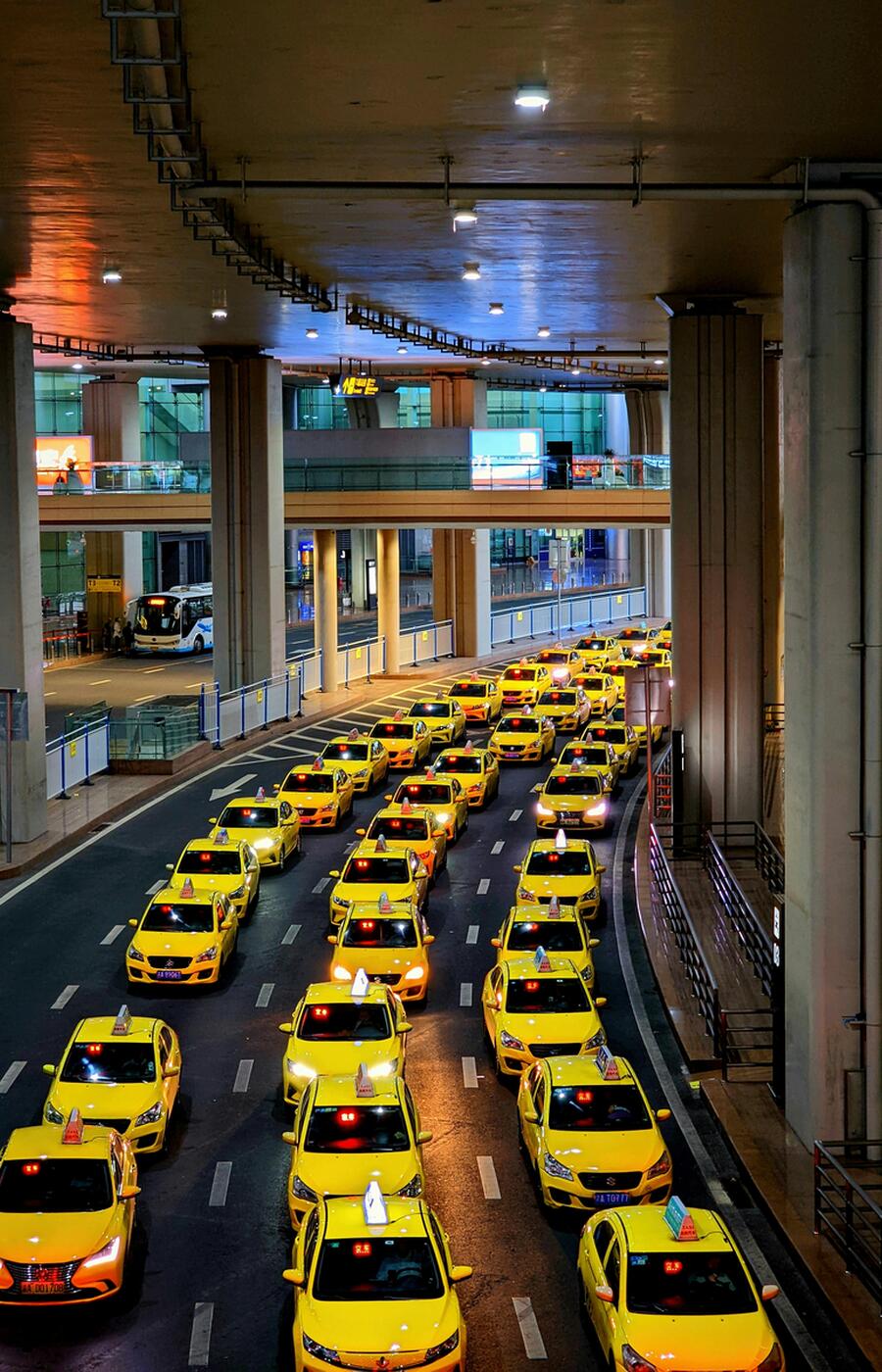
Hongyadong: tradition reinvented. The Hongyadong complex has a unique aesthetic, like an ancient traditional Chinese village, now converted into a tourist and gastronomic center. Although it is a recreation, it maintains the visual essence of the houses on stilts of the Bayu culture, illuminated by thousands of lights that hypnotize visitors. Just above this stage, the Qiansimen Bridge rises, connecting different levels of the city with spectacular views.
A city to get lost in (and not want to leave). With more than 32 million inhabitants, Chongqing is more than a city: it is a vertical ecosystem in constant mutation. Its huge apartment blocks, its hanging streets, and its mix of tradition and modernity make it a perfect urban laboratory. It is no coincidence that many compare it to a real-life version of Blade Runner. Here, the future has already arrived.

